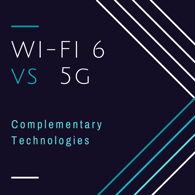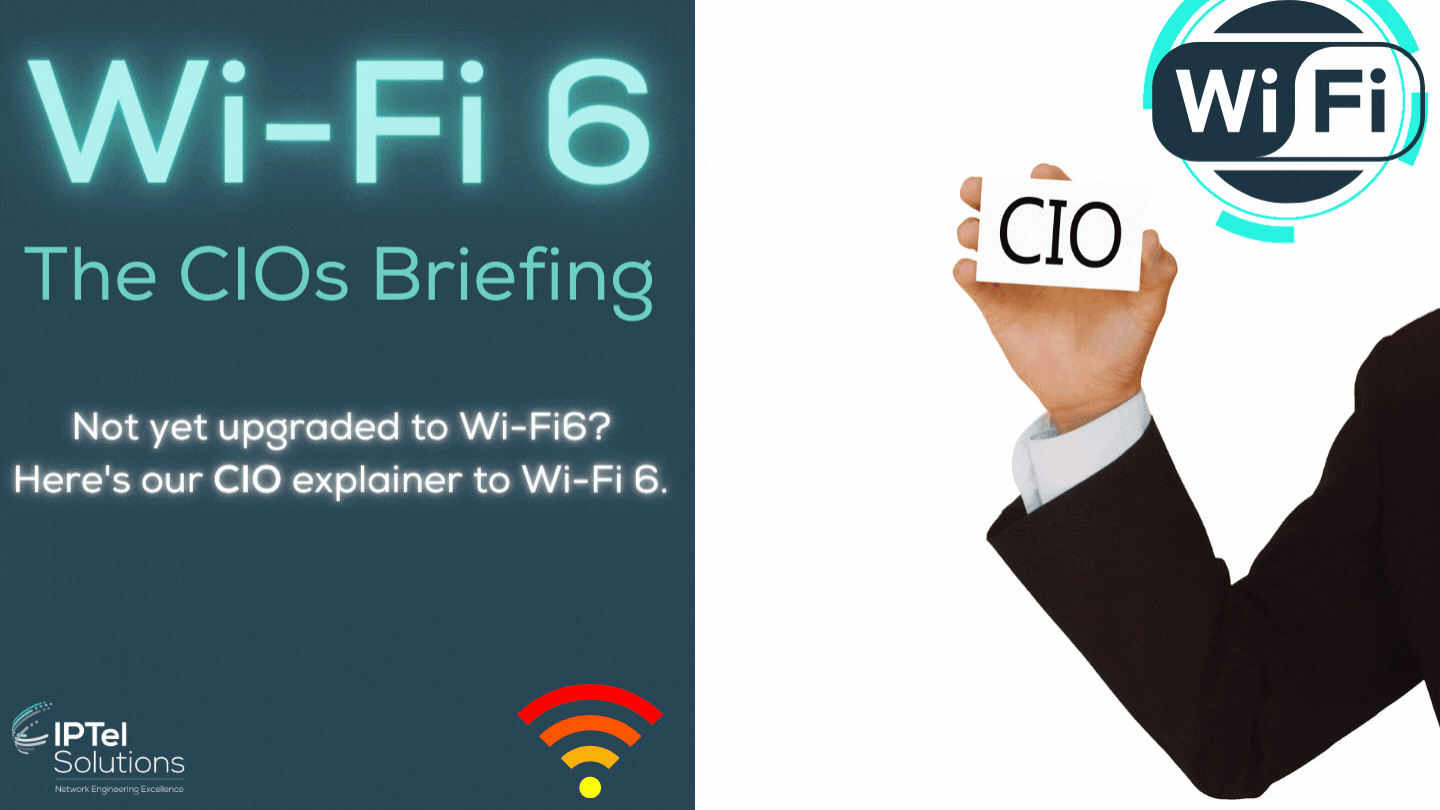As a CIO you’ll need to decide not only the technology direction your organisation will take, but more importantly when you will decide to deploy.
Wi-Fi is a fundamental networking technology for any business. If you haven't yet upgraded to Wi-Fi 6, here's our CIOs guide for when you should do this.
Any Wi-Fi upgrade can be an expensive business. Typically when you refresh your wireless network you will also want to increase the density of access points, to ensure you have a reliable wireless service.
The world has moved on greatly over the last few years in Wi-Fi terms and your business now needs highly reliable Wi-Fi.
The question of your upgrade needs to include consideration of support for legacy equipment, budgets, periodic refresh of equipment and a range of other important factors.
Will Wi-Fi 6 bring you the benefits that you need in your business, and the return on your investment? Are you ready for a "Wi-Fi 1st" strategy? Do you need to support reliable wireless in your business?
In this blog we’re going to explore the above questions and what Wi-Fi 6 is – and when you should upgrade.
ASSOCIATED BLOGS:
When to Upgrade to Wi-Fi 6
This is really the key question. You’ll have heard of the myriad of Wi-Fi standards, with their confusing IEEE designations. These have been co-branded for simplicity as Wi-Fi 1, 2 and so on.
This allows everyone to clearly see which technologies came first – and which you want to upgrade to.
In answer to the question of when to upgrade, the time is right now. Wi-Fi 6 arrived during 2019, and appealed to early adopters, those with a need for the much higher client density support, or those customers that were upgrading anyway.
During the early deployments there were not many Wi-Fi 6 clients (although you will still see improvements regardless), but the code is stable, drivers updated and lots of clients are available.
We’re in the mainstream deployment phase, so the time is now.
When will Wi-Fi 6 be Obsolete
One major issue with Wi-Fi is that the refresh cycle is quite short in comparison to LAN. Its not that they don’t provide backward support, but more that as new innovations arrive, you won’t have access to them.
The rough rule of thumb is a 6 year or so refresh rate for your access points – the new standards are always just around the corner, but it takes time to have clients which can support those new standards.
In essence there’s no point waiting for the next standard to upgrade – the upgrade process just keeps rolling, so best to take the plunge.
Wi-Fi is always changing - the new Wi-Fi 6e standard is a good example of this, so no matter when you upgrade, a new standard will be always be in the works.
Wi-Fi 6 has a very high throughput, so the advice is to upgrade now and start using the new technology.
Can Wi-Fi keep getting faster?
The simple answer is yes. By all accounts, there’s quite lot more that could be wrung out of Wi-Fi in terms of speed, and there’s a bunch of potential new spectrum coming along too – 6GHz and 60GHz.
This all takes regulatory approval though, which takes time and is different for different countries.
We are currently on Wi-Fi 6 (802.11ax in IEEE nomenclature), providing a maximum of 10Gps bi-directional, with support for multiple clients.
Up next is possibly 802.11ay, with a potential 100Gbps speed.. the real question is what kind of applications you could possibly need that would chew up that amount of bandwidth.
ASSOCIATED BLOGS:
Why bother with Wi-Fi 6 – I can just use 5G
Well.. kind of. If you have no need to customize the experience, don’t mind that all your data is being sent via a carrier and all your devices support 5G, then theoretically yes.
 In practice, this isn’t how it works. 5G and Wi-Fi 6 are really bedfellows – they work together.
In practice, this isn’t how it works. 5G and Wi-Fi 6 are really bedfellows – they work together.
Within your building you have Wi-Fi 6 deployed and you can use a wide array of IOT devices (which typically only support Wi-Fi) and for some of your devices (eg smartphones), these are Wi-Fi while onsite and 5G when not.
Its impractical to sign up for data plans for every single conceivable device (even if they actually had a 5G SIM built in, which most won’t due to cost).
Wi-Fi is used for a whole host of other applications these days too. Take a look at Cisco's DNA Spaces to get an idea of how location services can add value to your business and provide a great deal of business insights.
ASSOCIATED BLOGS:
- How to Review a Wi-Fi Network - Part 1
- How to Fault find a Wi-Fi Network
- Wi-Fi Surveys
- Cheapest vs Best Value Design
Wi-Fi6: The CIO Briefing: Summary
Hopefully the blog has been useful in providing an overview of Wi-Fi 6 – what it is, and how it fits within your strategy.
The time to upgrade is now – the technology is mature, there are plenty of clients on the market and Wi-Fi 6 has years of useful life ahead.
If you wanted to hear more on Wi-Fi 6, download the Farpoint Group analysis paper, which provides a lot more detail on Wi-Fi 6.
We often hear of customers who have had a bad experience with Wi-Fi. This doesn't have to be the case though - correct design and tuning will mean that you can expect your network to support a high density of clients - without dropouts.
Wi-Fi 6 has been colloquially called a "Wi-Fi switch' mimicking the type of experience you can get from LAN switch.
You can expect high throughput, with speeds similar to desktop machines, with the massive advantage of being mobile.
ASSOCIATED BLOGS:



.png?width=232&name=Wi-Fi%20Surveys%20(Instagram).png)



.gif)
).gif)